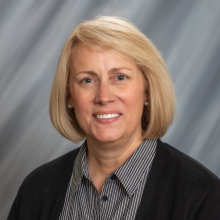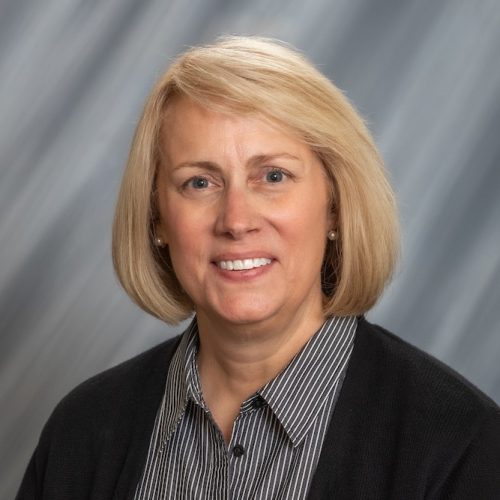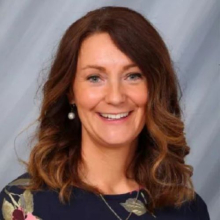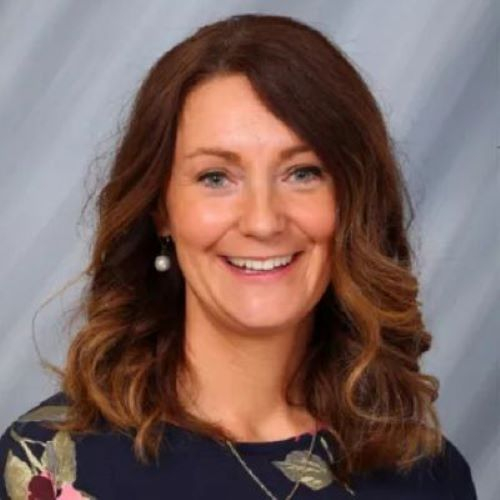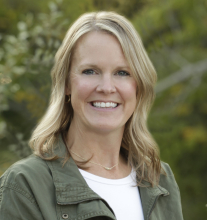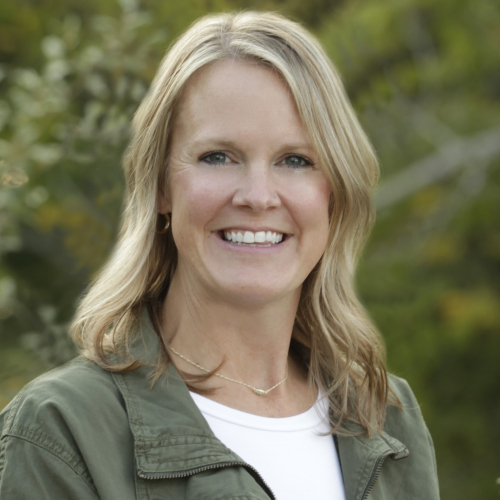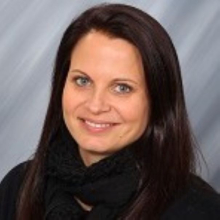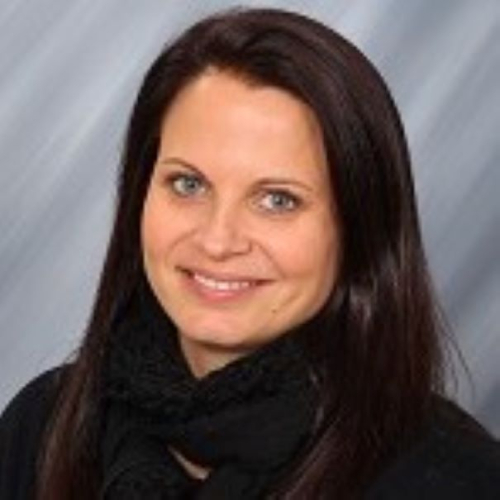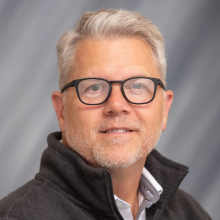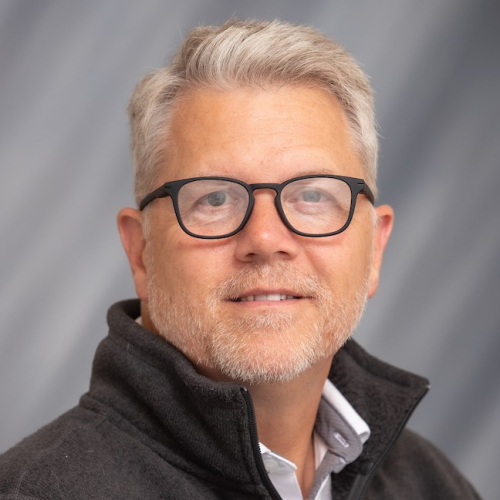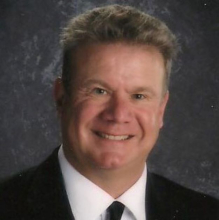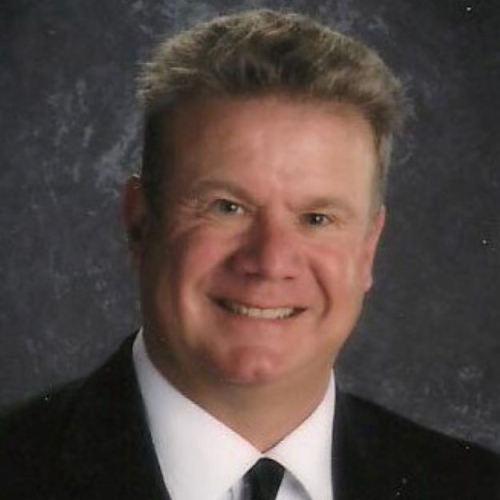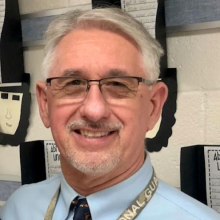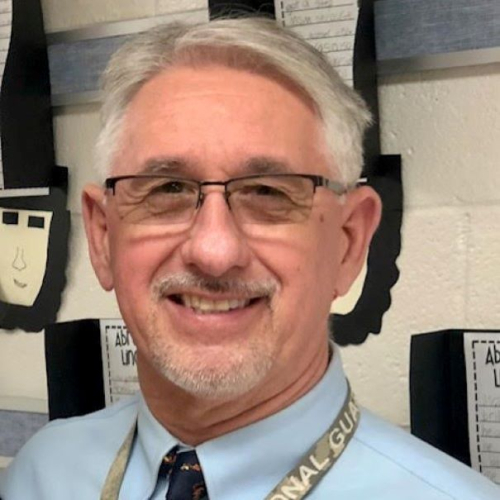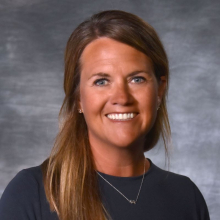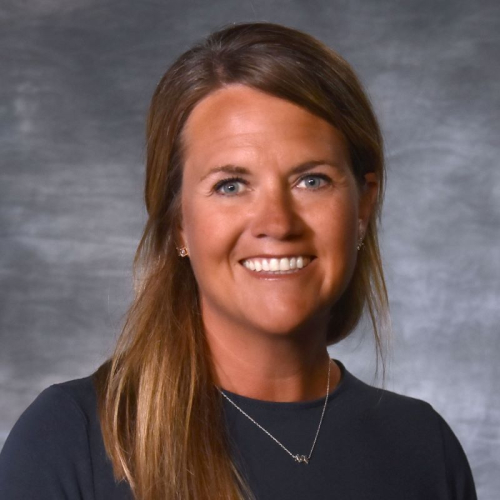Student Teaching
The final step
Your journey to becoming a teacher culminates in student teaching.
In this last semester, you’ll be among about 225 to 350 or more student teachers scattered among nearly 90 school districts in Iowa and beyond. Thanks to our extensive network of school district partners, you can find yourself anywhere from Eagle Grove to Ecuador!
Think of student teaching as both an ending and a beginning. Your final step toward licensure. And a gateway to your future.
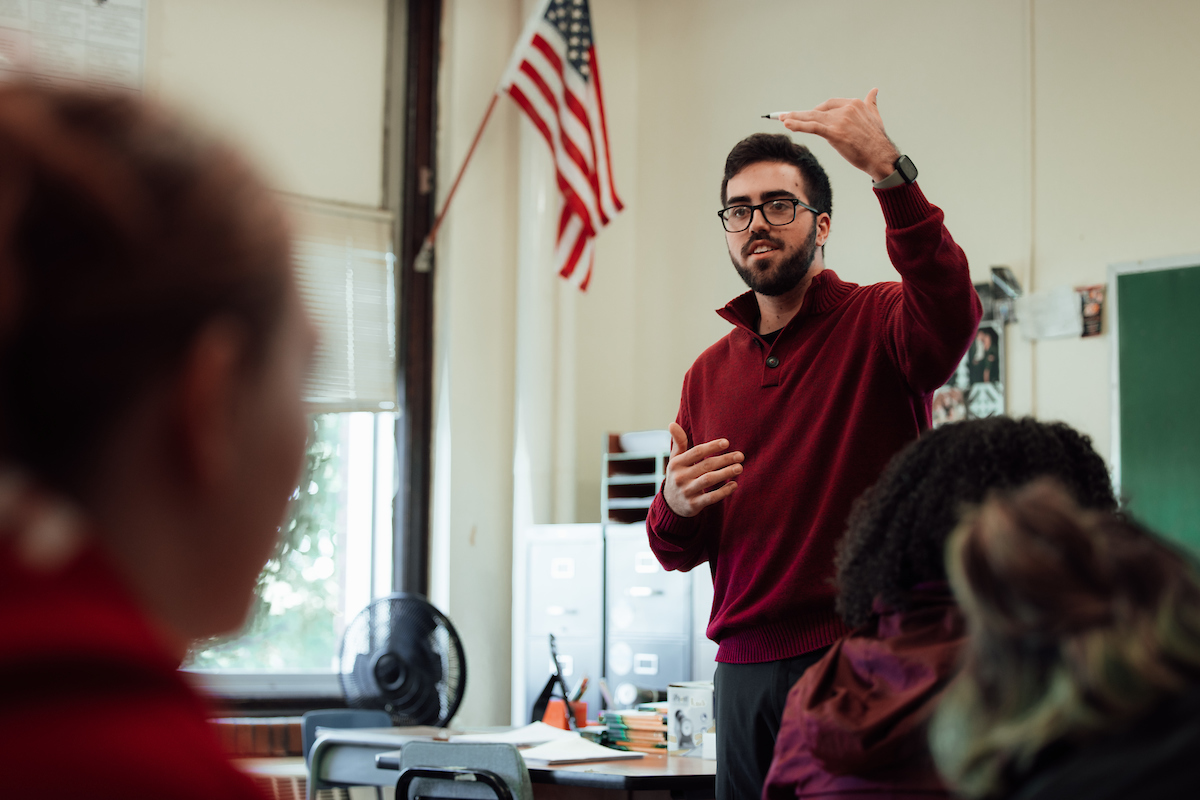
How It Works
In two eight-week placements in your final semester, you’ll partner and lead classrooms at all levels, from early childhood through high school – whatever matches your career goals.
Dual majoring in middle level? You can expect one placement at that middle level, with another at your chosen elementary or secondary level. Doubling up in early childhood or elementary? You’ll get a placement in each setting.
You’ll be paired with a student teaching coordinator who works with school district partners to place you in one of nine student teaching centers across Iowa plus out-of-state and international placements. These coordinators also conduct professional seminars, oversee your progress and liaison with your mentor teachers.
Requirements
- be fully admitted to the Teacher Education Program
- meet ALL grade point average requirements for student teaching:
- a cumulative GPA of 2.50 or higher on work at all colleges and universities a UNI GPA of 2.50 or higher
- a 2.50 GPA in my academic department (major)
- a 2.50 or higher cumulative GPA and a grade of C- (1.67) or higher in each Professional Education Sequence course (effective January 1, 2009)
- all methods courses listed as prerequisites for student teaching with a grade of C (2.00) or higher as well as other departmental requirements
- NOTE: Check for specific department requirements when more than one professional methods course is required. Early childhood, elementary, middle school/junior high school majors and special education minors are required to have a cumulative GPA of 2.5 or higher and not lower than a C (2.00) in methods courses that are required prerequisites for student teaching
- completed\ the High Risk Behaviors/Substance Abuse seminar
- meet all other departmental requirements
- NOTE: Health education minors and physical education majors are required to have current first aid and CPR certification prior to student teaching
- Retain an acceptable professional disposition
Resources
The following resources are available in your Student Teacher Handbook:
- Forms for before teaching
- Forms for during student teaching
- Notice of concern process
- Licensure information
- Additional resources
Student Teaching Coordinators & Centers
Student teaching coordinators in the College of Education Department of Educational Foundations and Professional Experiences serve all UNI Teacher Education students in student teaching placements in districts in Iowa and beyond. They are located in nine regions across the state.
Greater Cedar Valley (Cedar Falls/Waterloo area): Mary Beth Rygh
Corridor (Cedar Rapids/Iowa City): Leasha Henriksen
Greater Des Moines: Melanie Hill
North Central (Mason City/Charles City): Kady Korbel
Central Iowa (Marshalltown area): Jim Stichter
Northeast Iowa: Neil Mullen
Southeast Iowa (Quad Cities/Burlington): Kelly Rohlf
Northwest Iowa: Sheryl Larson
West Iowa and Omaha: Katie Towler
Located on the UNI campus is the coordinator of the Out-of-State/International program: Carrie Elser

Iowa Student Teaching Centers
Greater Cedar Valley
Experience diversity of race, culture, socio-economic status and school types in 11 urban and rural school districts surrounding the UNI community.
Coordinators: Beth Harris and Mary Beth Rygh
Aplington-Parkersburg
Cedar Falls
Dike-New Hartford
Dunkerton
Denver
Janesville
Jesup
Hudson
Wapsie Valley
Waterloo
Waverly-Shell Rock
Corridor
Student teachers in 19 area urban and rural school districts in the Cedar Rapids/Iowa City Corridor experience diversity in socio-economic status, English as a Second Language students and a true middle school program.
Coordinator: Leasha Henriksen
Alburnett
Anamosa
Benton Community
Cedar Rapids
Cedar Rapids Xavier Catholic Schools
Center Point- Urbana Schools
Central City
College Community (Prairie)
Iowa City Schools/Coralville (PE only)
Iowa Valley (Marengo)
Linn-Mar
Lisbon
Marion Independent
Mt. Vernon
North Linn
Solon
Springville
Vinton-Shellsburg
Williamsburg
North Central
Student teachers are placed in schools from Charles City, Mason City and schools to the north where they gain the broadest, most practical experience in 14 public school districts plus several parochial school systems.
Coordinator: Kady Korbel
Britt-West Hancock
Charles City
Clear Lake
Forest City
Garner-Hayfield-Ventura
Hampton-Dumont
Lake Mills
Mason City
Nashua-Plainfield
Nora Springs-Rock Falls
New Hampton
North Butler (Allison, Bristow, Greene)
Northwood-Kensett
Central Springs (Manly, Nora Springs)
Osage (Osage, Little Cedar, Mitchell, New Haven and Orchard)
Riceville
Rudd, Rockford and Marble Rock
St. Ansgar
Sumner-Fredericksburg
Tripoli
West Fork
West Iowa and Omaha
A mix of larger cities — Omaha, Council Bluffs, Sioux City — and numerous smaller settings among the 30 districts comprise the West region. Various ethnic, cultural and religious backgrounds add to your experience in culturally diverse classrooms, including dual language programs.
Coordinator:
Alta-Aurelia
Atlantic
Cherokee
Carroll
Council Bluffs
Denison
East Sac
Exira-Elk Horn-Kimballton
Lawton Bronson
Lewis-Central
Logan-Magnolia
Missouri Valley
OABCIG
Omaha (Public)
Ridge View
River Valley
Sergeant-Bluff
Sioux City
Storm Lake
Tri-Center Neola
Treynor
Underwood
Woodbine
Woodbury Central
Southeast Iowa
Student teachers here work with diverse students in three types of public schools in the Quad Cities/Burlington region, where almost any academic major can be placed. The public schools include suburban, inner-city, and rural agricultural. Special opportunities include a K-5 bilingual program and a privately operated elementary school.
Coordinator: Kelly Rohlf
Bettendorf
Burlington
Davenport
Clinton
Mount Pleasant
North Scott
Pleasant Valley
Greater Des Moines
Experience diversity of all kinds: schools of different sizes and different ways they organize classes; traditional and year-round schools; students from various cultures, languages and socio-economic backgrounds; and inner-urban, suburban and rural school settings among 13 districts.
Coordinator: Melanie Hill
Adel-DeSoto-Minburn
Ankeny
Bondurant-Farrar
Dallas Center-Grimes
Des Moines (Public)
Johnston
North Polk
Norwalk
Saydel
Southeast Polk
Urbandale
Waukee
West Des Moines
Central
Sixteen school districts in central Iowa, including Marshalltown, offer rural and urban settings with a variety of school organizational patterns and programs and varying mixes of cultural, socio-economic and religious diversity.
Coordinator: Jim Stichter
AGWSR
Albia
BCLUW
Belle Plaine
BGM
Chariton
Colo-Nesco
Dysart (Union School District)
Eldora (South Hardin)
Gladbrook-Reinbeck
GMG
Grinnell
Grundy Center
Hubbard-Radcliff
Iowa Falls
Knoxville
LaPorte City-Union
Marshalltown
Nevada
Newton
North Tama
Oskaloosa
Ottumwa
PCM
Pella
South Tama
West Marshall
Northeast Iowa
Support from cooperating teachers and principals make student teaching in this region a positive experience. Placements are made in over 23 school districts primarily in rural settings from Decorah to Elkader with student enrollments of about 1,000.
Coordinator: Neil Mullen
Bellevue
Central (Elkader)
Dubuque
East Buchanan
East Dubuque
Edgewood-Colesburg
Clayton Ridge
Independence
Maquoketa
Maquoketa Valley
MFL MarMac
Monticello
Starmont
West Central
West Delaware
Western Dubuque
[Northern Area]
Allamakee
Decorah
Eastern Allamakee
Howard-Winneshiek
North Fayette Valley
North Winneshiek
Oelwein
Postville
South Winneshiek
Turkey Valley
Northwest Iowa
Student teachers in this region, spanning from Fort Dodge to the Spencer area, teach in schools representing 33 school districts. Their classrooms have socio-economic and ethnic diversity, including growing Latino and Southeast Asian populations.
Coordinator: Sheryl Larson
Algona
Eagle Grove
Emmetsburg
Estherville Lincoln Central
Fort Dodge
Graettinger-Terril
Hartley-Melvin-Sanborn
Humboldt
Kingsley-Pierson
Laurens-Marathon
LeMars
Manson–Northwest Webster
Marcus-Meriden-Cleghorn
MOC Floyd Valley
Pocahontas
Prairie Valley
Rockwell City/South Central Calhoun
Sheldon
Sibley-Ocheyedan
Sioux Central
South O'Brien
Spencer
Spirit Lake
Webster City
West Bend-Mallard
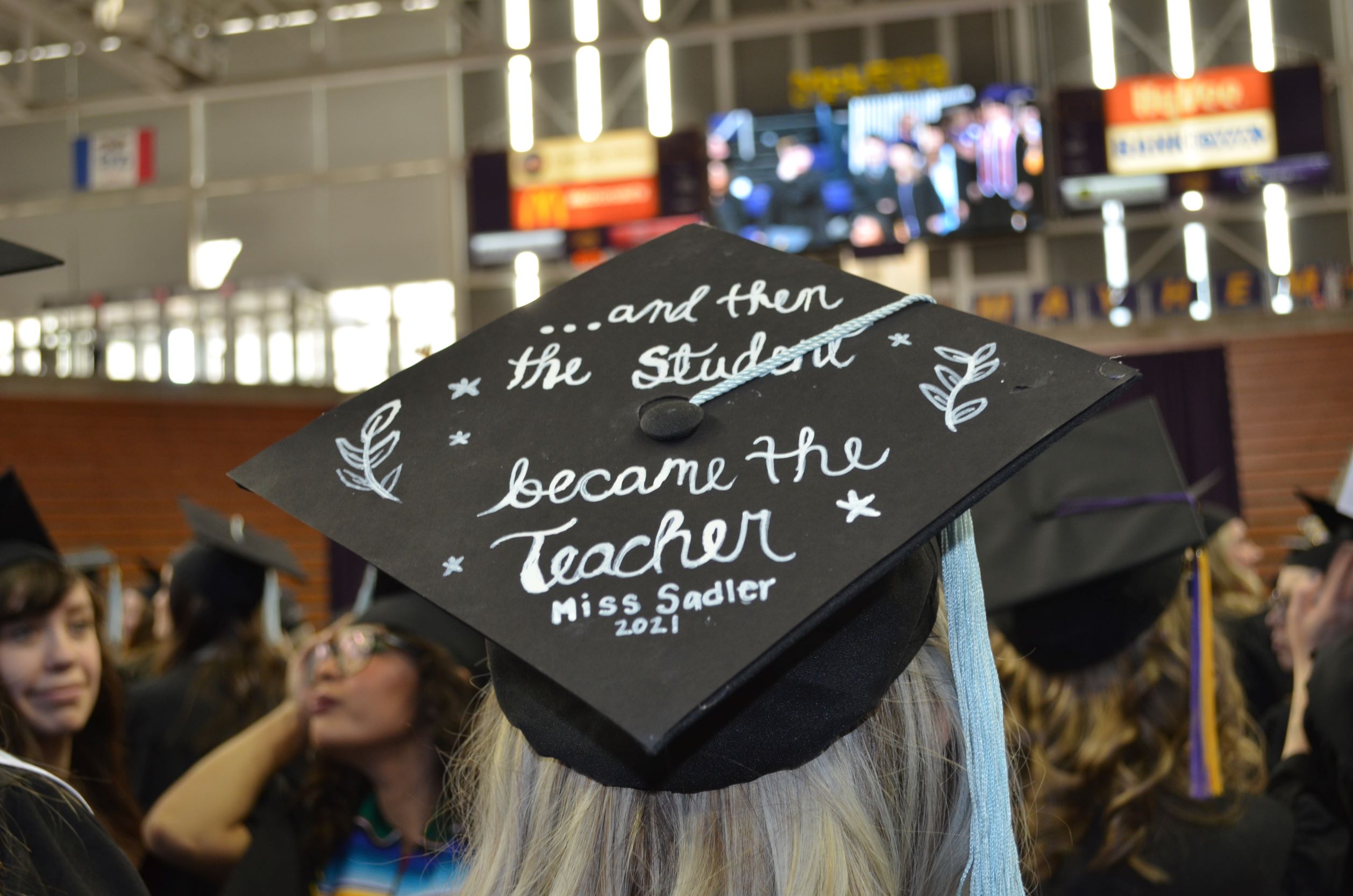
Broadening Your Experience
Ready to explore the world while completing your studies? The Out-of-State/International (OOSI) student teaching center lets you combine cross-cultural experiences with teaching and learning during your final semester.
After COVID-19, international placements to Ecuador resumed beginning fall 2022. Beyond Iowa, you’ll find current opportunities in Minnesota, Colorado and Texas.

